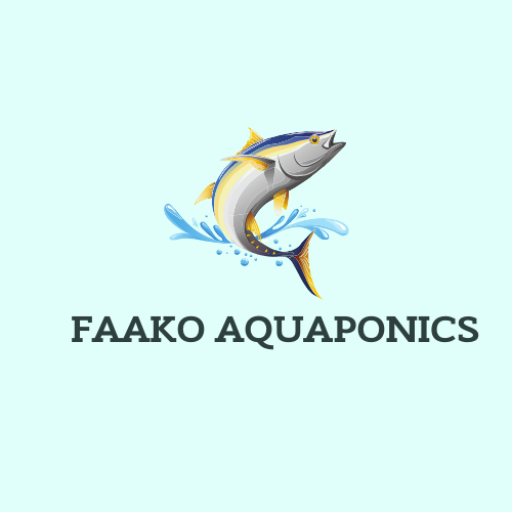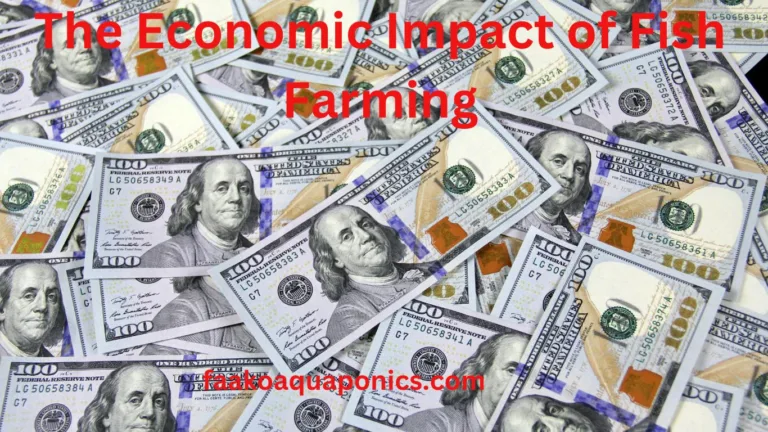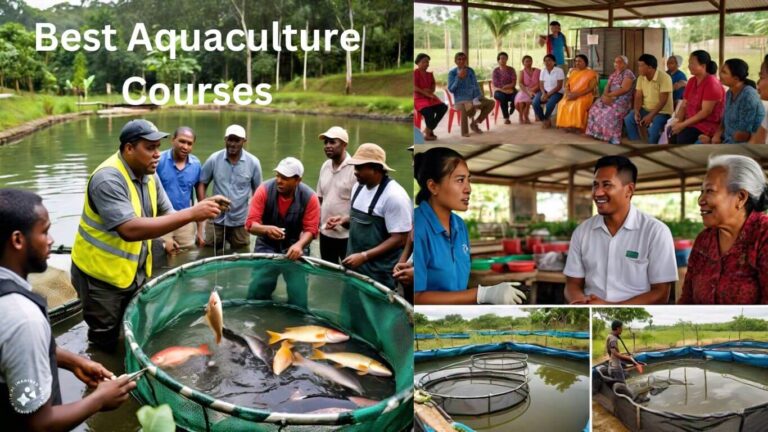The economic benefits of fish farming are a concern to every fish farmer because the ultimate goal of every farmer is to make profit. generates economic benefits on several levels. Let’s take a closer look:
Job Creation
Aquaculture is a significant job creator, particularly in coastal communities and developing economies. From fish farm workers and technicians to processing plant employees and transportation specialists, the industry supports a diverse range of livelihoods.
According to the FAO Fisheries and Aquaculture Report, an estimated 61.8 million people were employed in the primary fisheries and aquaculture sector in 2022.
Aquaculture operations require a diverse workforce, ranging from fish farm technicians to researchers, marketers, and sales personnel.
Income Generation
Fish farming empowers individuals and communities to generate income through various channels, including direct sales of fish, and value-added products
Small-scale fish farmers, in particular, can supplement their household income by selling excess fish or participating in cooperative ventures.
In regions where traditional fishing has declined due to overfishing or environmental degradation, aquaculture offers a viable alternative for maintaining livelihoods and economic stability.
Rural Development
Fish farming often does well in rural areas, putting much-needed income and investment into local economies. This leads to improved infrastructure, increased access to essential services, and overall poverty reduction.
Food Security
With a growing global population and rising food insecurity concerns, aquaculture plays a crucial role in providing affordable and nutritious protein to millions. It complements wild fish stocks and ensures a stable supply of seafood for consumers worldwide.
Foreign Exchange
Fish farming contributes significantly to foreign exchange earnings for many countries, particularly those with export-oriented production. This income helps boost national economies and fund development initiatives.
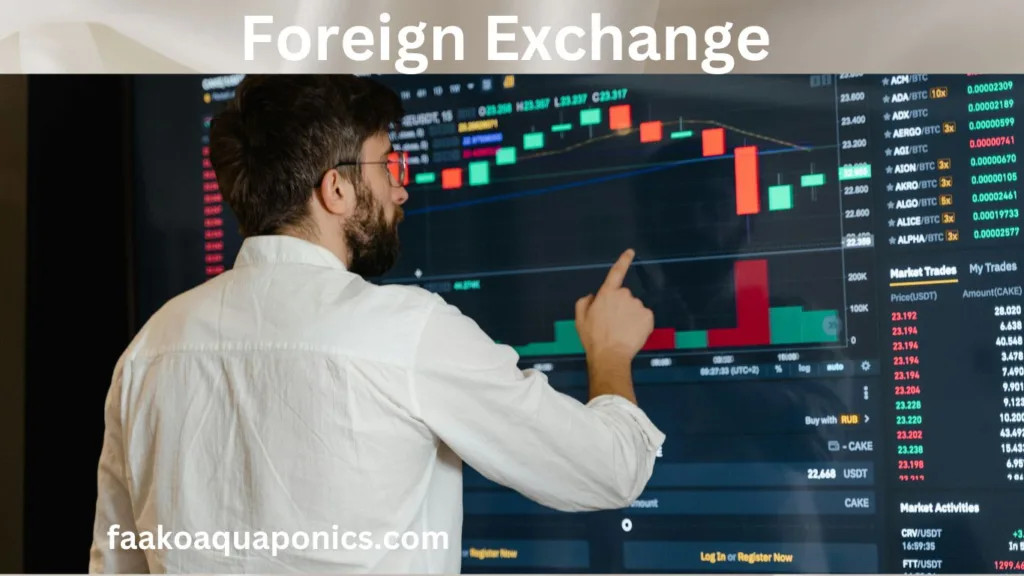
Supporting Industries
The industry stimulates demand for various supporting industries, including manufacturers of feed, equipment, and technology. This creates further economic opportunities and diversifies local economies.
Infrastructure Development
Expanding fish farms often necessitates investments in infrastructure development, such as improved roads, transportation networks, and energy grids. This benefits not only the aquaculture sector but also the wider community.
Tourism Potential
Responsible fish farms can become tourism destinations, attracting visitors interested in learning about sustainable seafood production and enjoying fresh, local fish.
Gender Equity and Empowerment
Since fish farming or aquaculture activities are friendly to all genders, I mean for both sexes (Male and Female), makes it easy for both sexes to participate therefore empowering both economically, especially marginalized women.
Though Women constituted 24% of the primary workforce of aquaculture, they dominated the post-harvest sector with a 62% share according to the FAO
From the tank to the table, almost all genders can participate in the activities.
Women, in particular, play a significant role in fish farming activities, leading to greater gender equity and empowerment within rural societies.
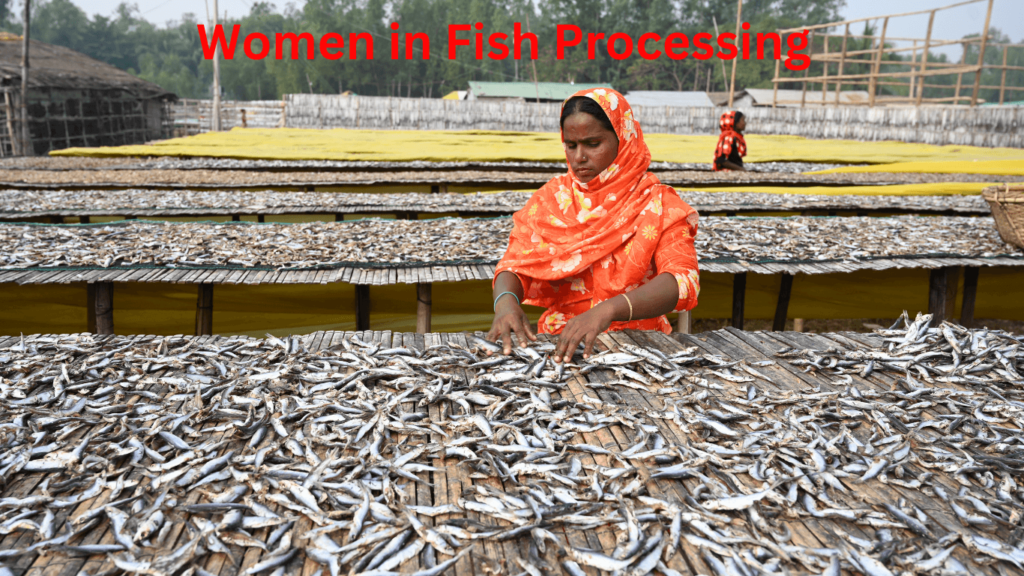
women in fish farming
Social Impact
Beyond economic benefits, fish farming contributes to social development by fostering community cohesion and empowerment.
Cooperative farming initiatives encourage collaboration among farmers, sharing knowledge, resources, and best practices for sustainable aquaculture.
Aquaponics
Another way of maximising your income from a fish farm is to incorporate the farm with plant production. This is where both plants and fish are grown in one place through a symbiotic process.
Check here for the full article on aquaponics.
Challenges and Opportunities
Despite its positive economic impact, fish farming faces challenges. Environmental concerns regarding water quality, waste management, and potential escapes must be addressed through responsible practices and innovative solutions. Additionally, ensuring fair labor practices and ethical production standards is crucial for long-term sustainability.
Unpredictable Market Structure
Fluctuations in fish prices and consumer demand can pose challenges for fish farmers, especially small-scale producers with limited resources.
A lot of fish farmers are kicked out of the business some unable to start because of a lack of market for their produce. This is the sad reality.
Disease Outbreak
Disease outbreaks can overpower fish stocks and disrupt aquaculture operations, leading to significant economic losses.
Environmental Issues
Fish farming also pollutes the environment through the waste produced in society. Illegal fishing activities and others also pollute our water bodies therefore making it harmful for human consumption.
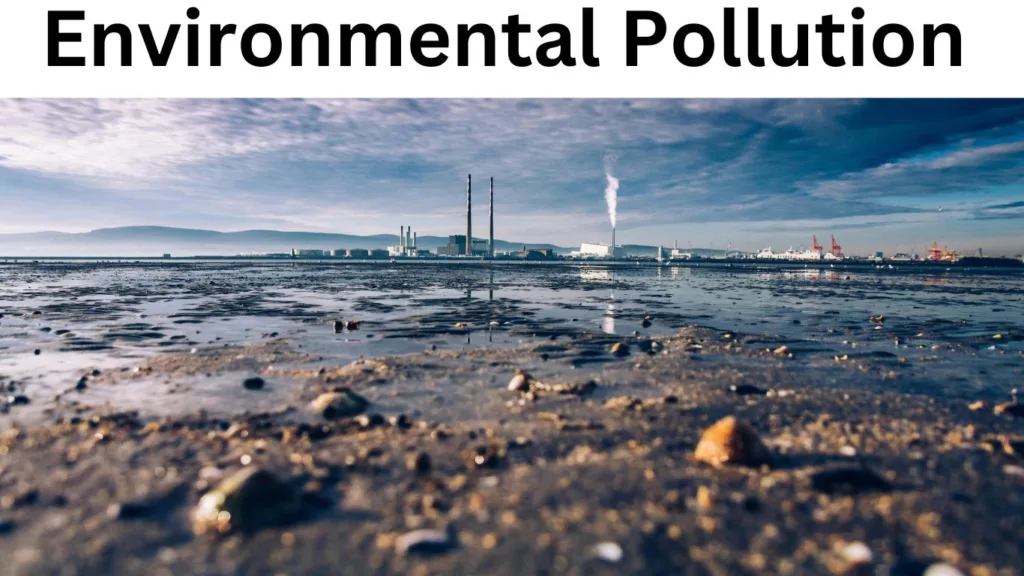
Opportunities or Solutions to The Challenges
However, these challenges also present opportunities. By embracing sustainable practices, technological advancements, and responsible sourcing, fish farming can continue to be a major driver of economic growth while minimizing environmental impact.
Adopting Good Marketing Strategies
Diversification of products and markets can help mitigate the risks associated with market volatility. For example, exploring niche markets for specialty seafood or value-added products can provide stability and higher profit margins.
The Internet, such as Social Media, and other sources are great tools for marketing platforms that fish farmers can capitalize on for their advertising activities.
Disease Management and Control
Investing in disease prevention measures, such as improved biosecurity protocols, vaccination programs, and genetic selection for disease resistance, is essential for maintaining the health and productivity of fish farms.
Collaborative research efforts between the public and private sectors can drive innovation in disease diagnostics and treatment, ensuring the sustainability of the aquaculture industry.
Technological Advancements
Embracing technological innovations can enhance the efficiency, productivity, and sustainability of fish farming operations.
Automation and IoT (Internet of Things) technologies enable real-time monitoring of water quality, feeding regimes, and environmental conditions, optimizing resource utilization and reducing operational costs.
Biotechnology and genetic engineering offer opportunities for selective breeding of fish species with desirable traits, such as faster growth rates, improved feed conversion efficiency, and disease resistance, enhancing the profitability of aquaculture ventures.
Regulatory Frameworks
The Governing should put Aquaculture Practices for Sustainable Growth to ensure that fish farmers abide by those regulations to protect the environment, water bodies, and wild aquatic life.
There are several local and international rules and regulations governing the fishery industry however a lot of farmers are not abiding by them and some are not even aware that is exist.
To maximize your profit, you can also look at the Best Aquaculture Experts to consult
Conclusion
Fish farming plays a vital role in our global food system and economy. By creating jobs, boosting rural development, enhancing food security, and stimulating supporting industries, it contributes significantly to economic well-being. As the industry evolves and embraces sustainability, its positive impact has the potential to reach even greater depths, ensuring a vibrant seafood sector for generations to come.
